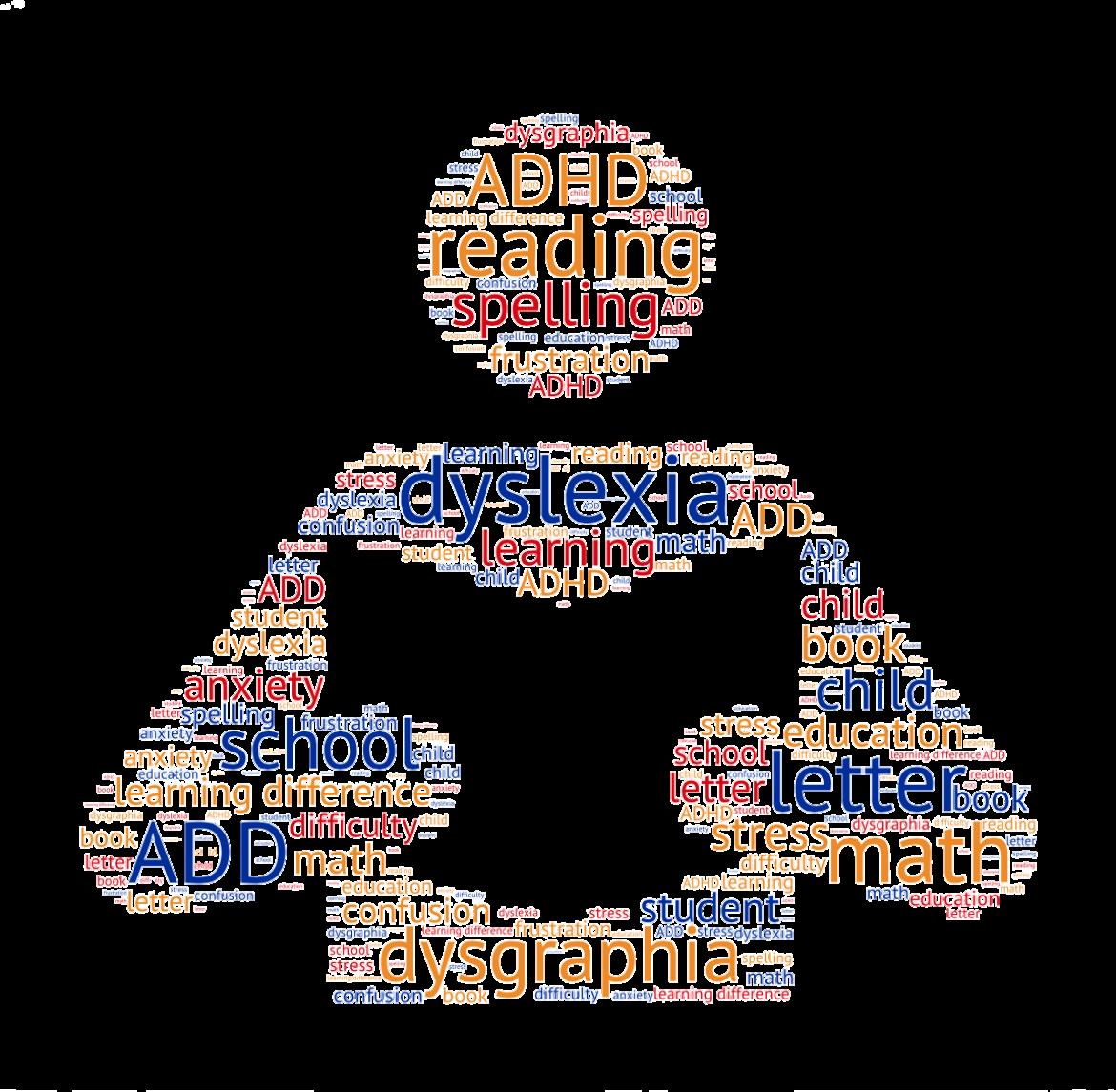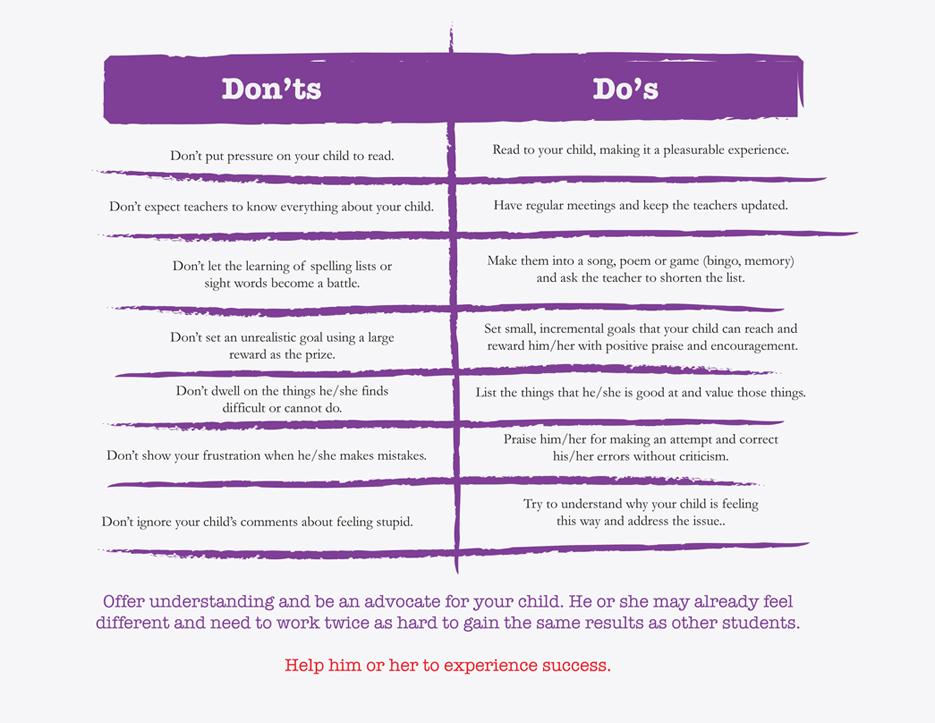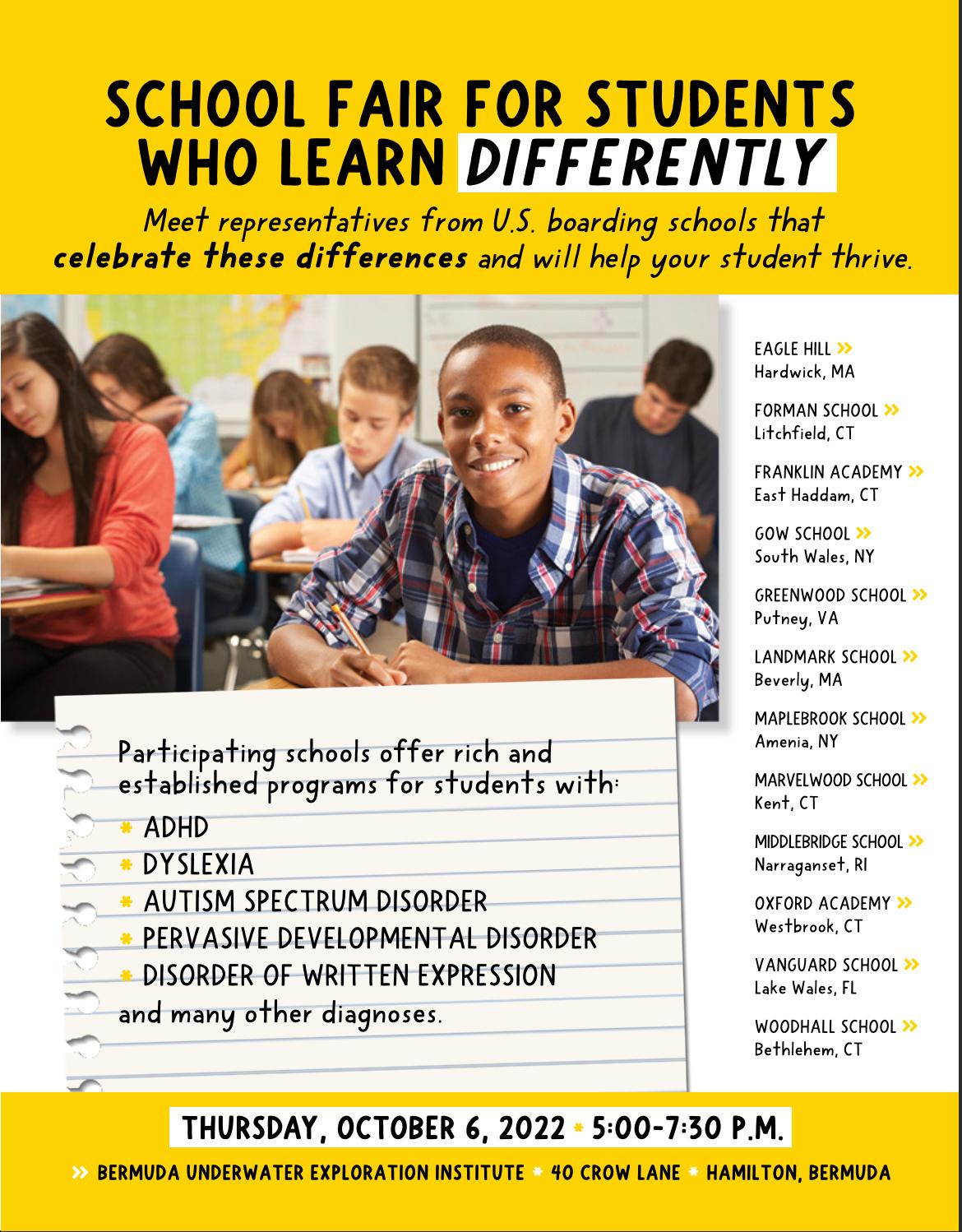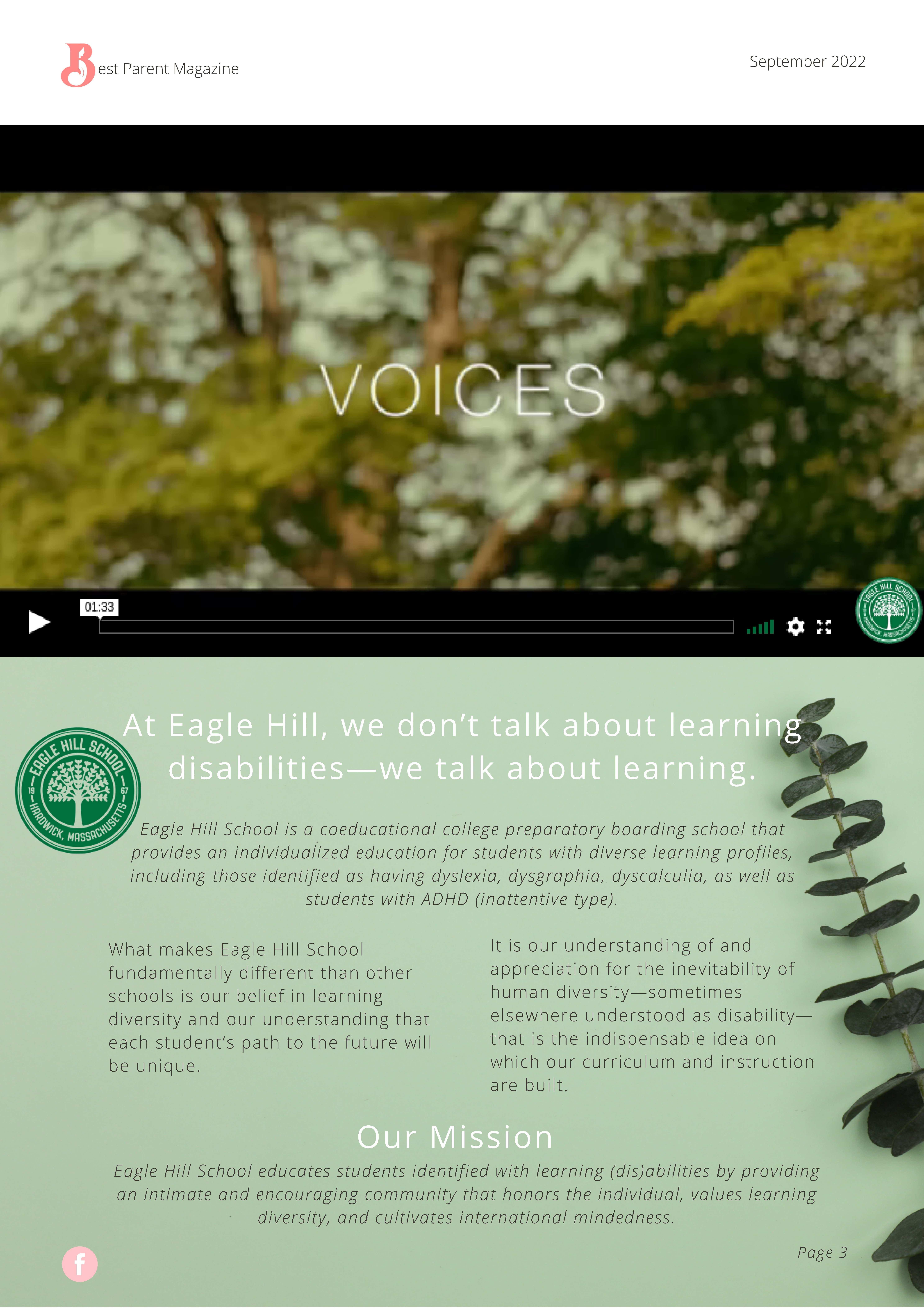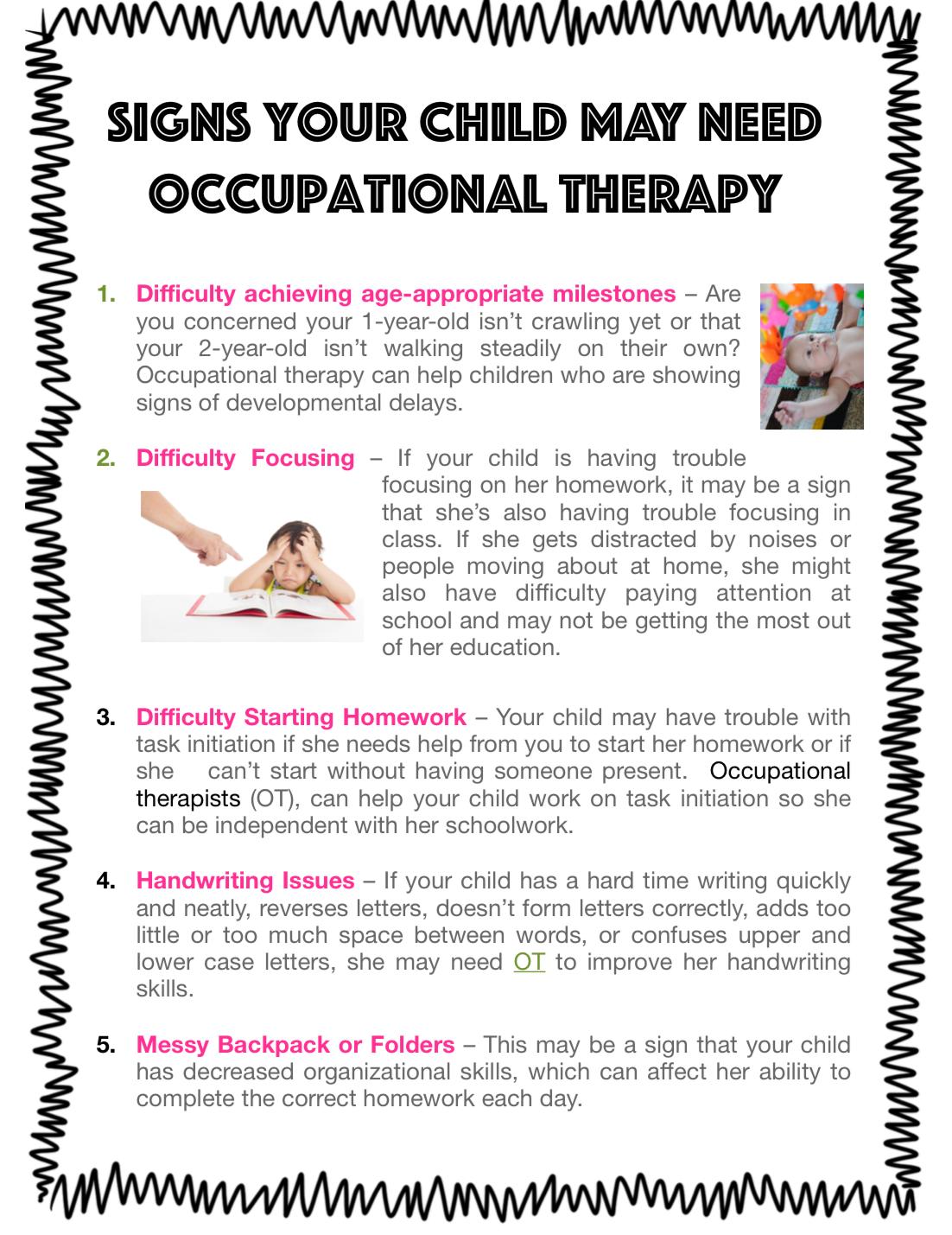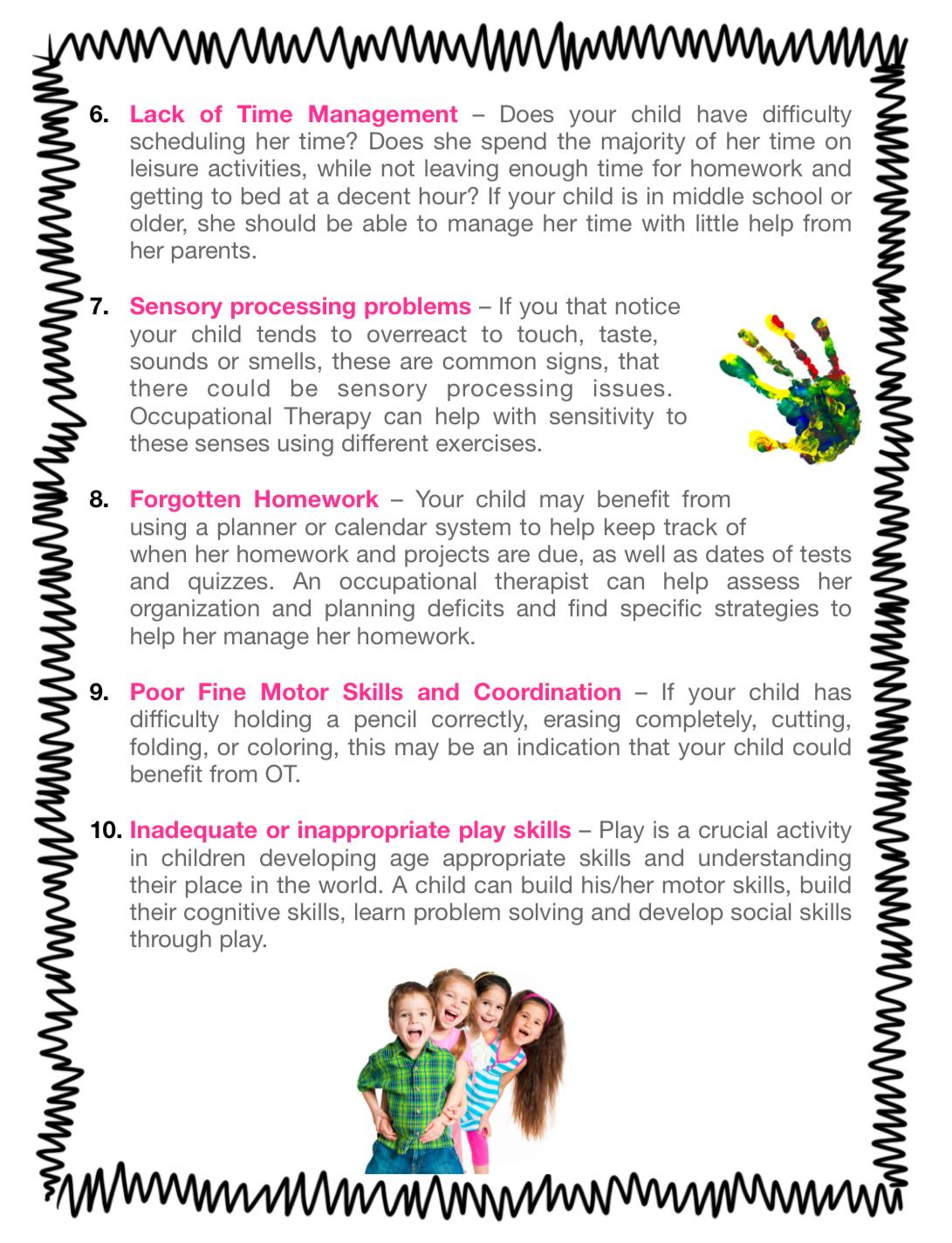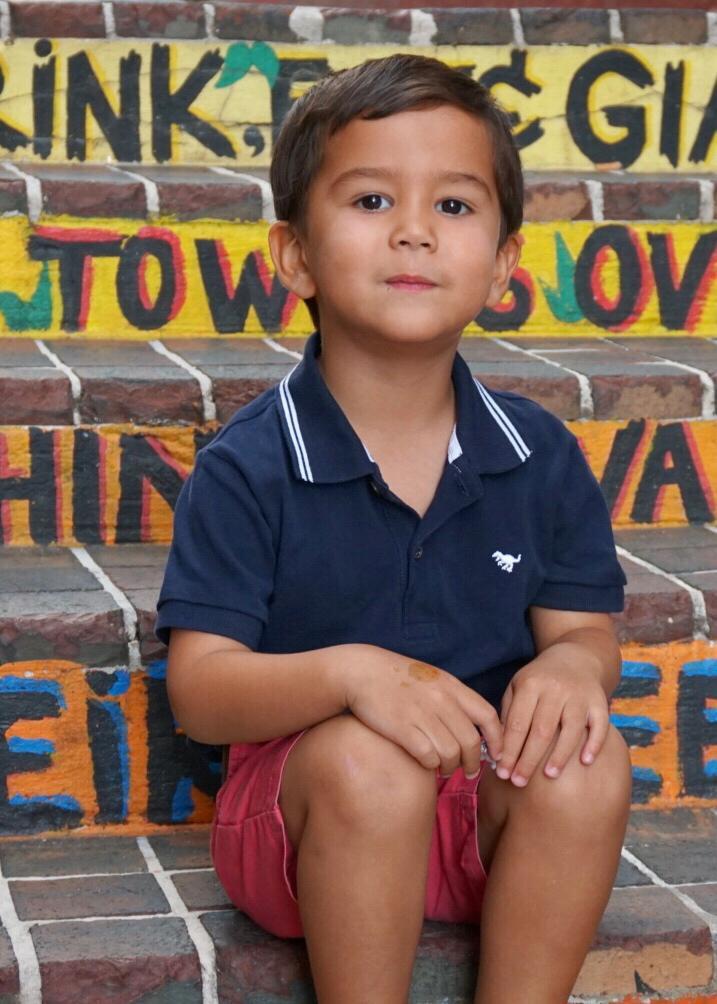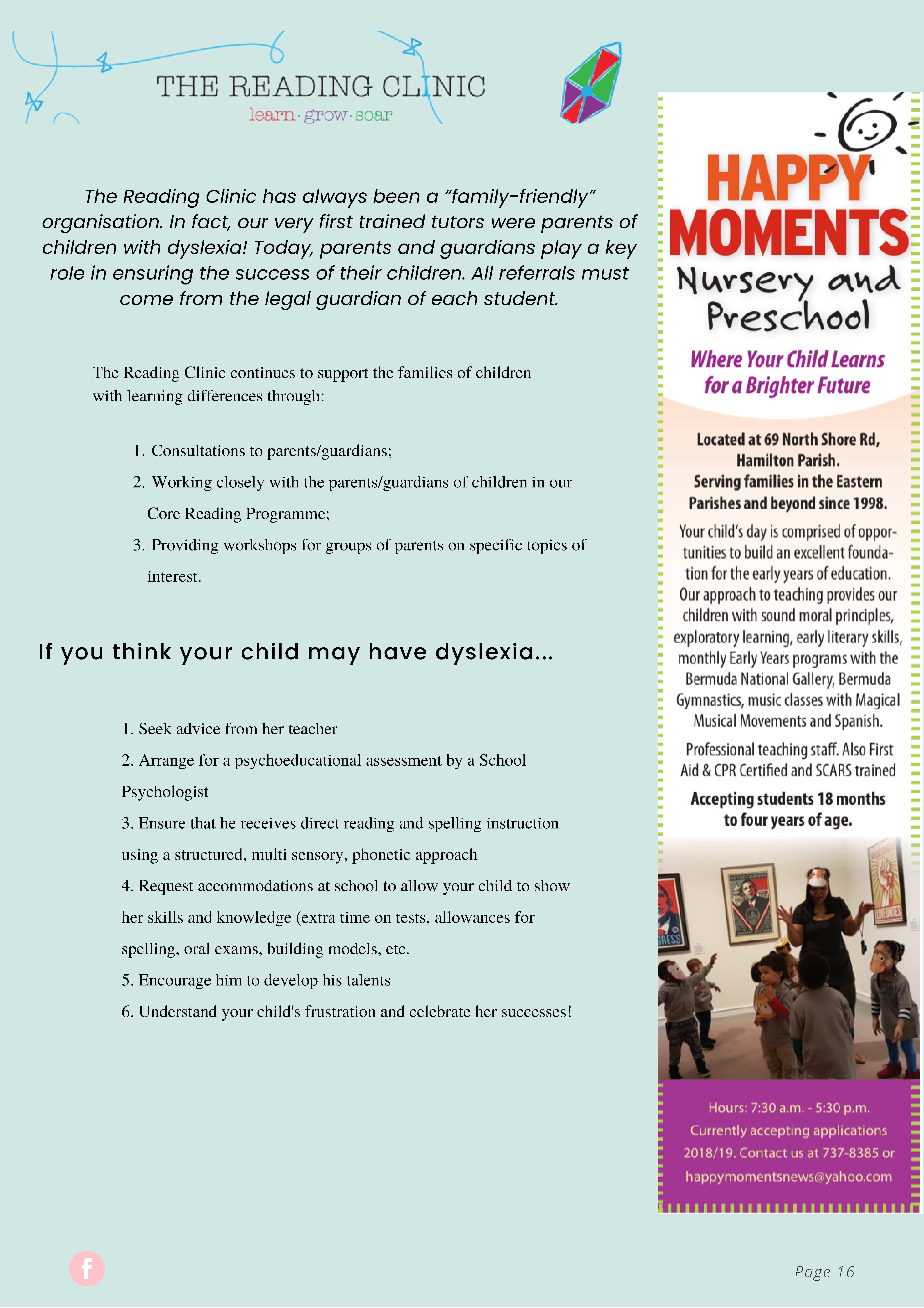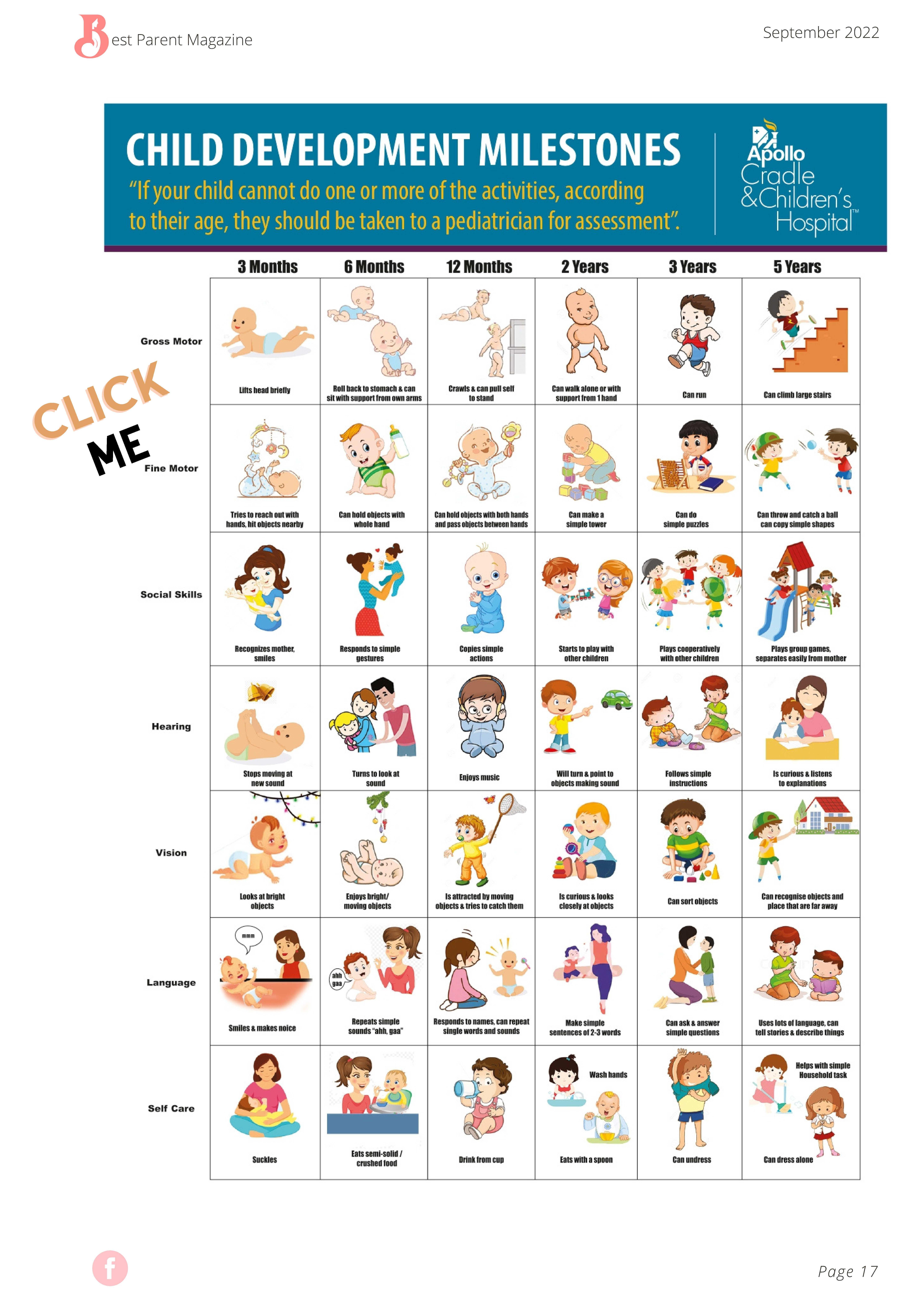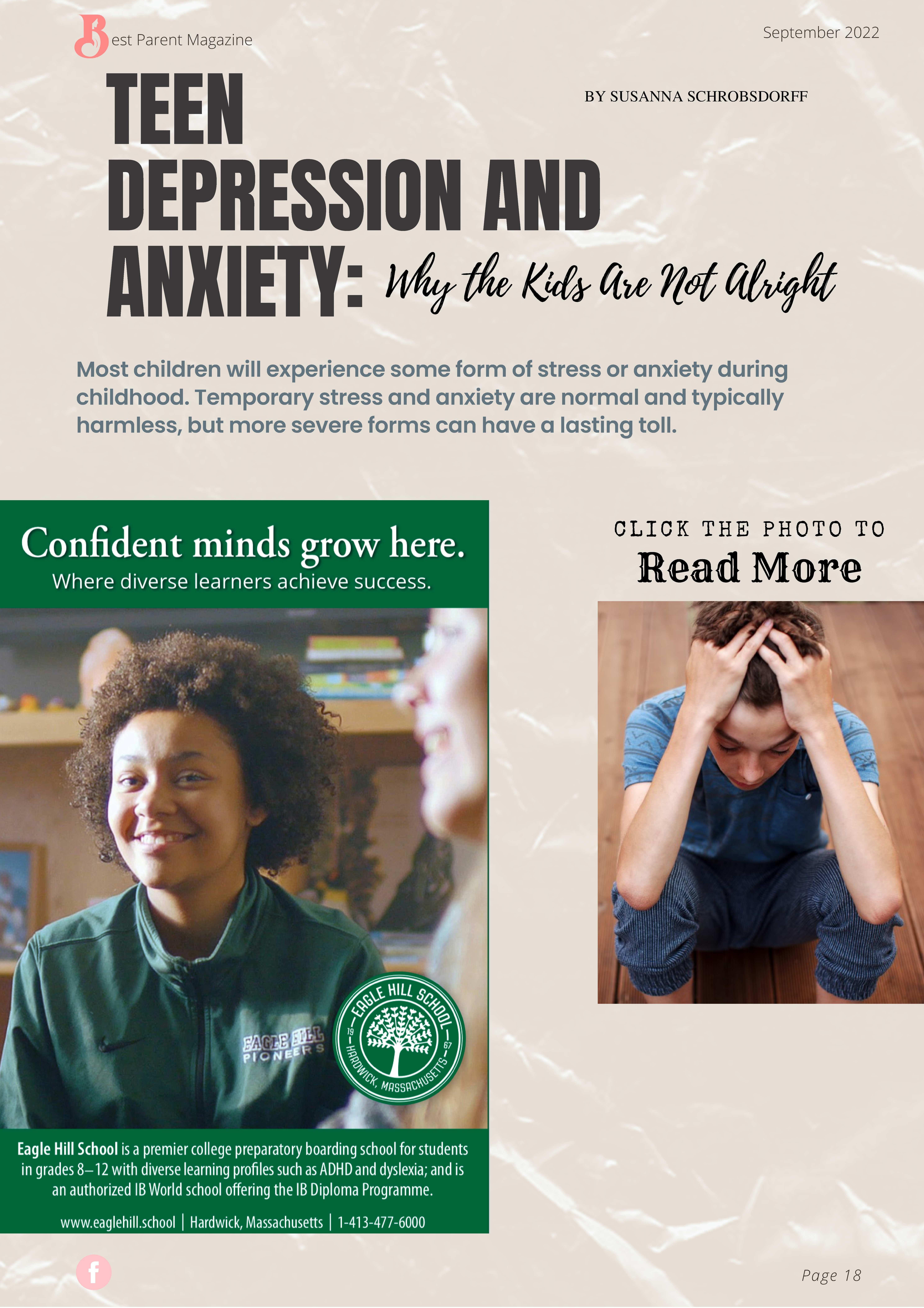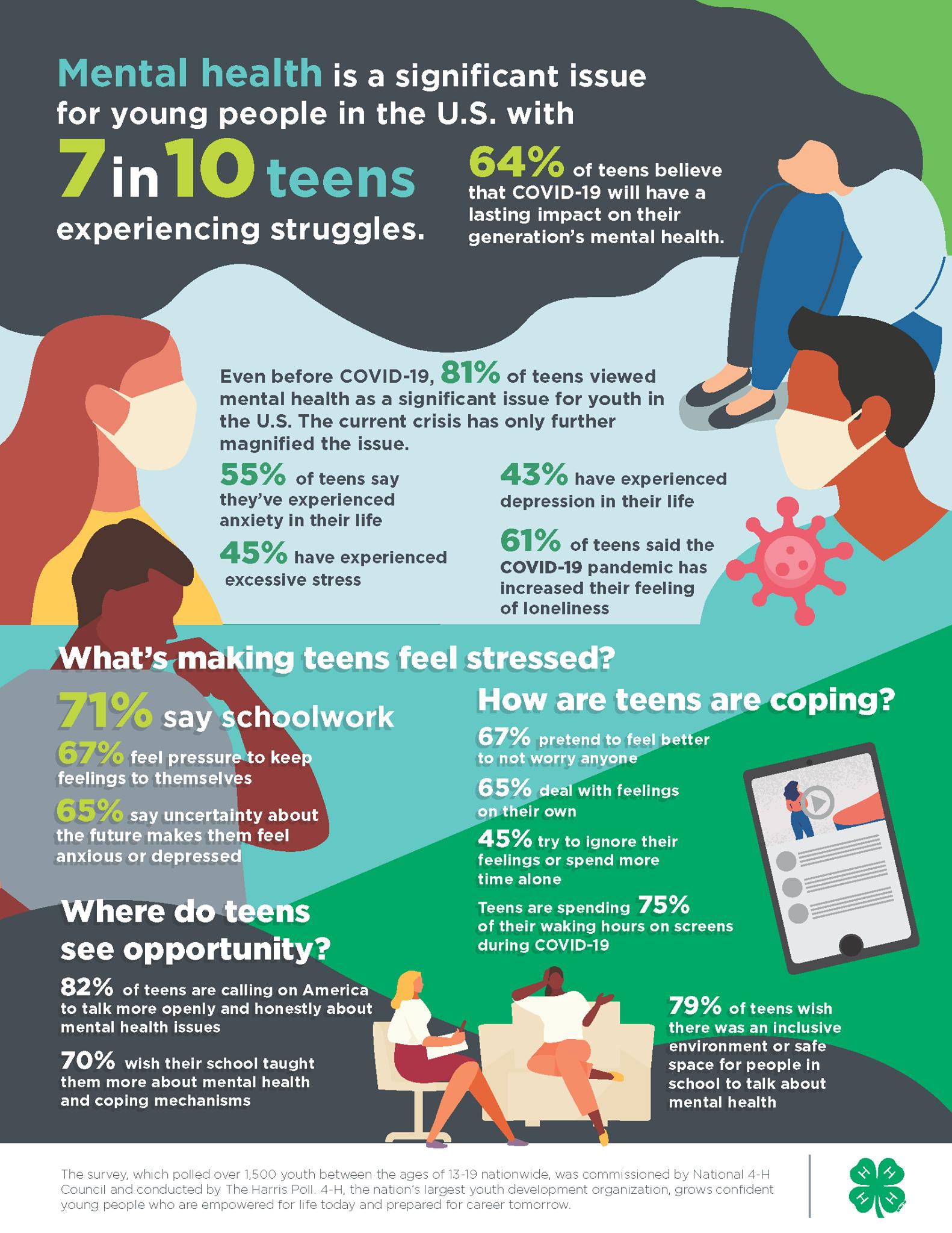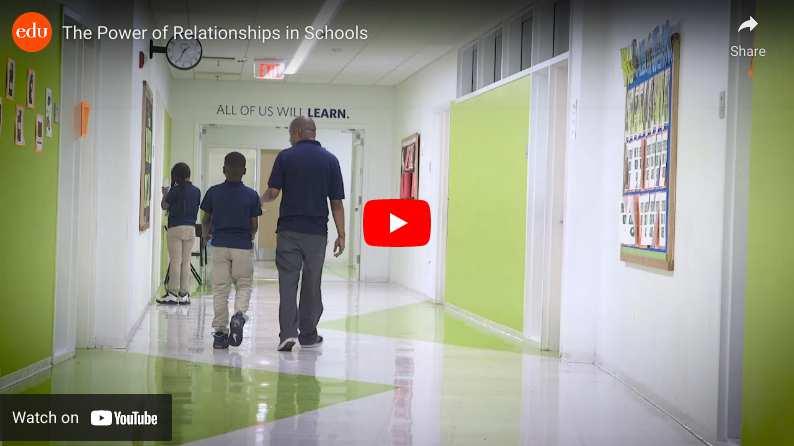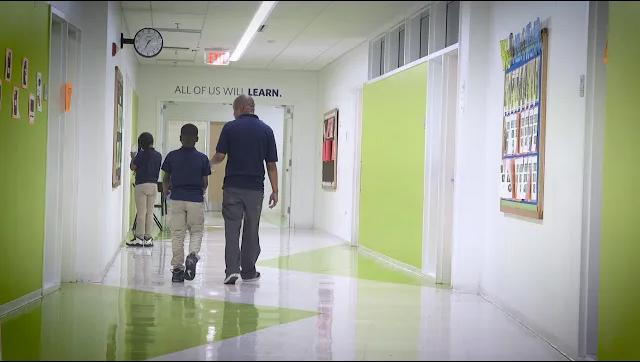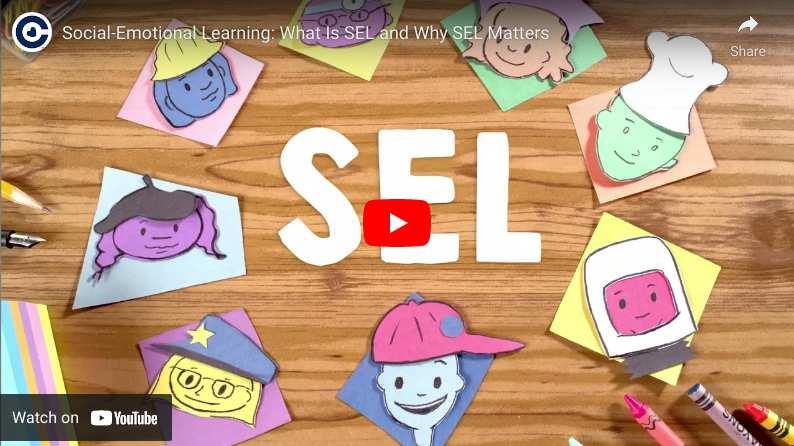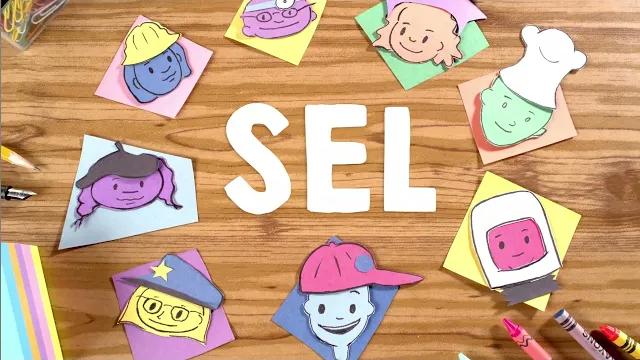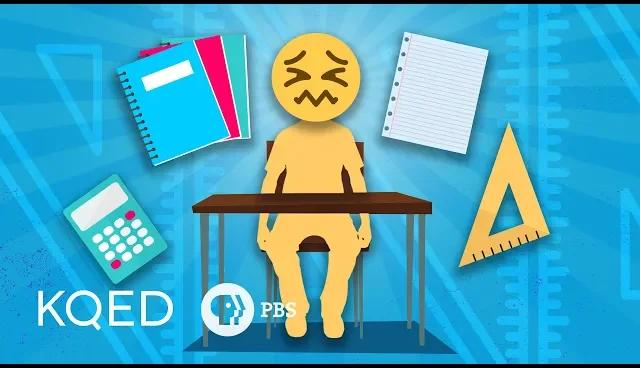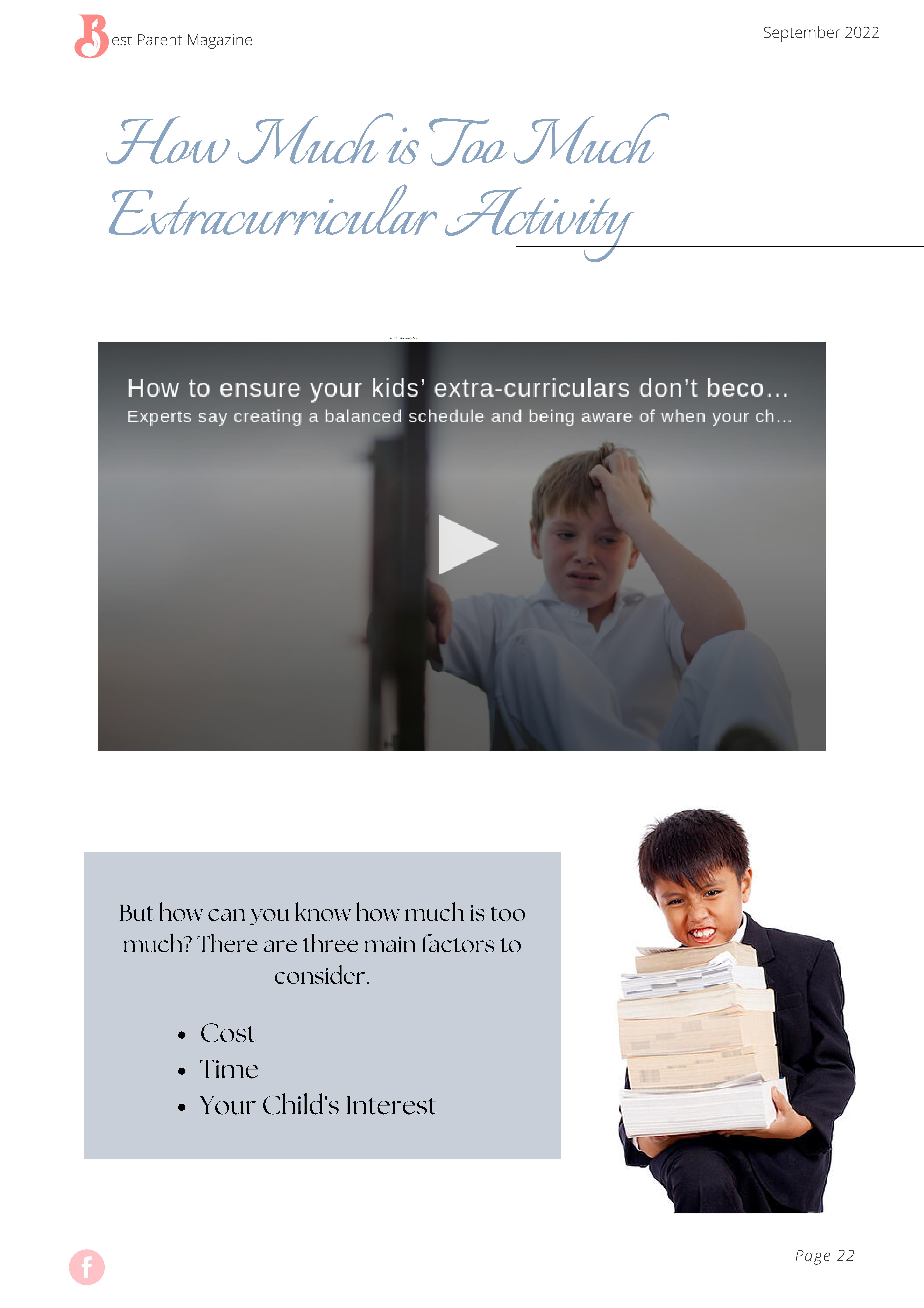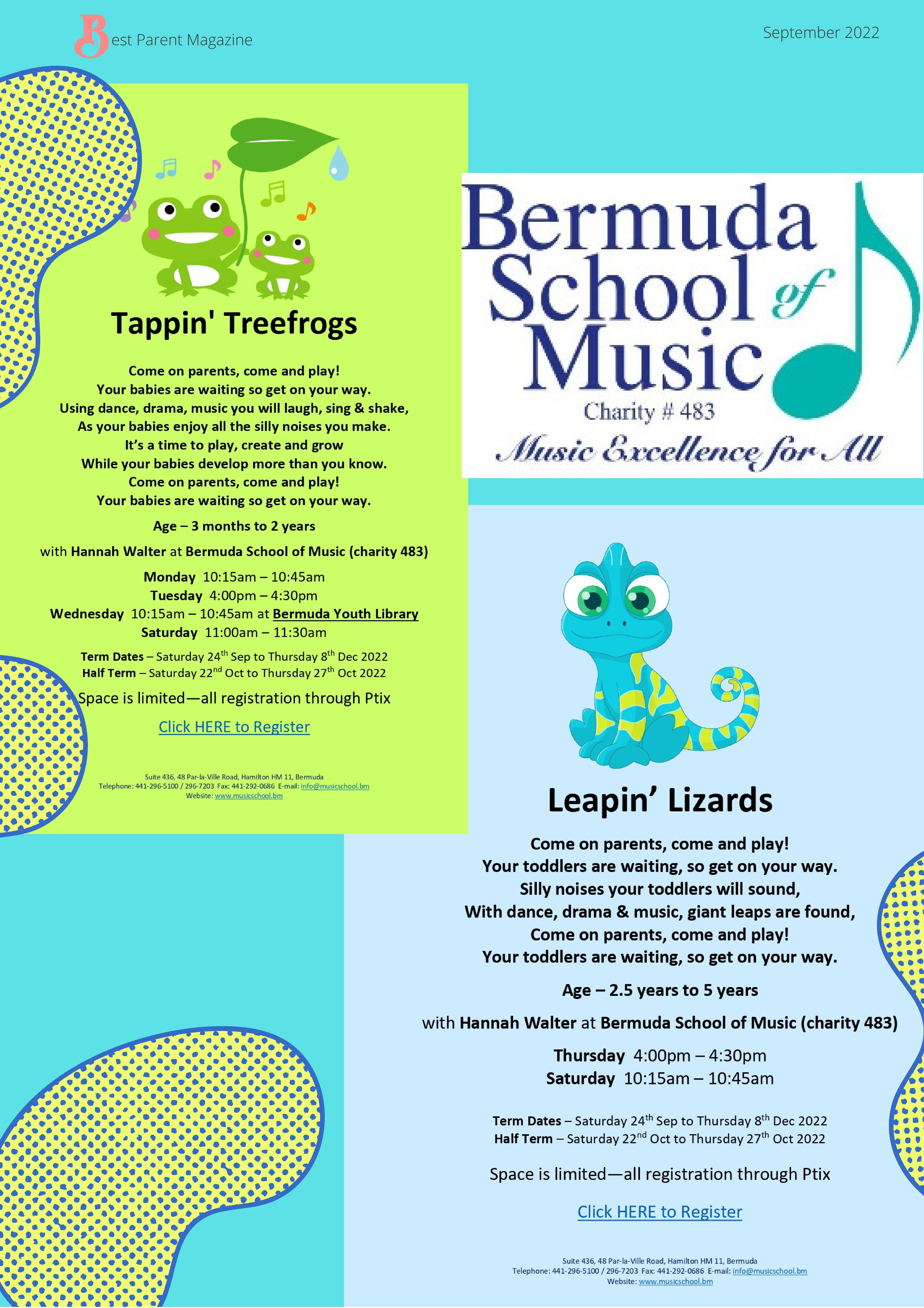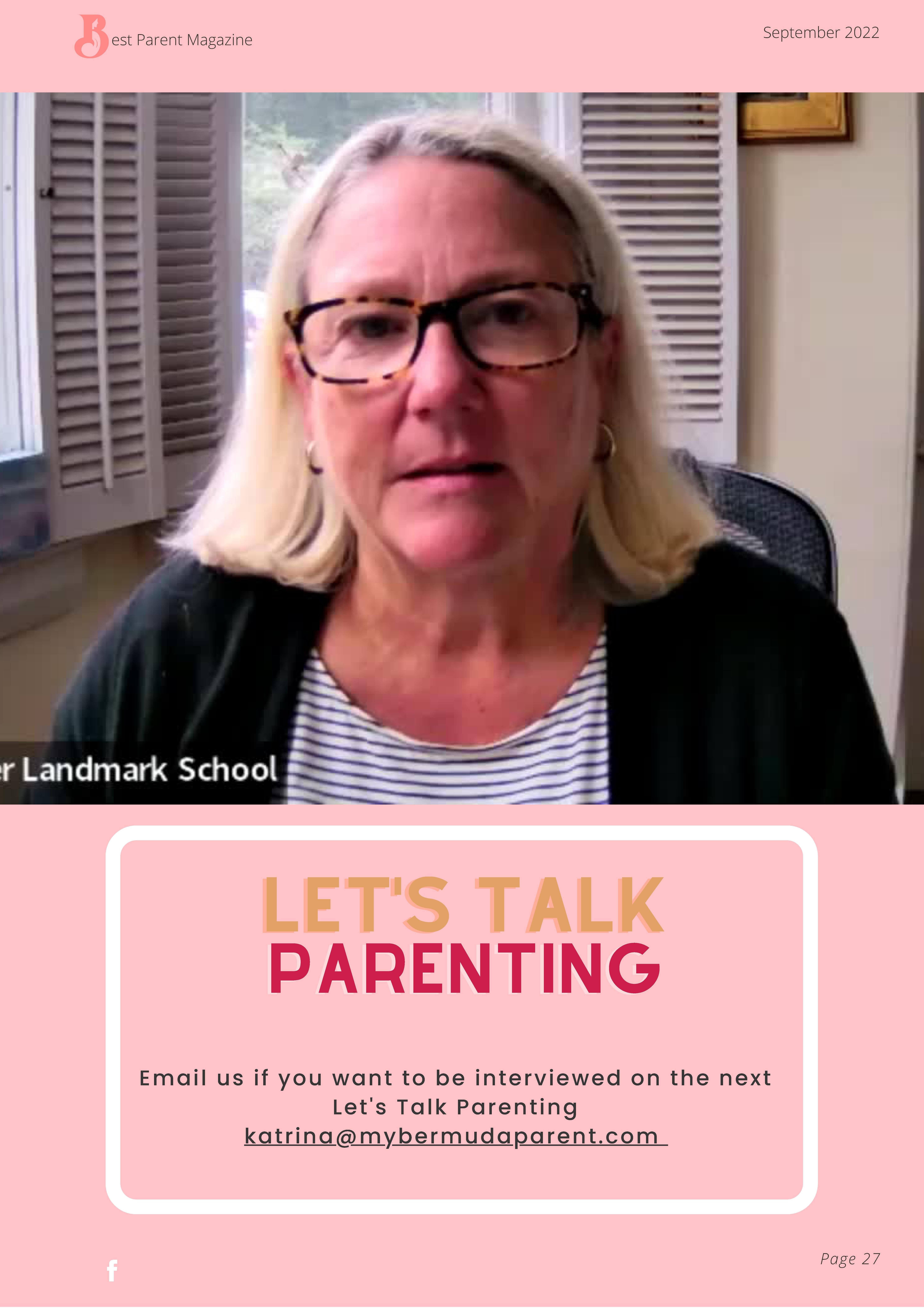TheSpecial RelationshipBetweenLanguageBasedLearningDisabilitiesand Anxiety
By Helene Dionne, PhD, & Laura Polvinen, LICSW

"I tried very hard to be normal…I tried to hide as much as I could…You think you go day by day but it’s like every day is a full lifetime And it’s like, 'Oh my god! I have to get through this the amount of anxiety, stress, and fear is enough to fill a lifetime...it is just so stressful…once I go to bed, it is like the end of my life ' "(Cole, 181)
As a student with a language-based learning disability (LBLD), Cole knows better than most what it means to live with anxiety Indeed, the literature reports that rates of anxiety are significantly higher for students with learning disabilities (Alesi, Rappo & Pepi, 2014) While the reasons for this remain unclear students with LBLD connect their
increased stress level to a number of factors The difficulty of performing daily school tasks, as Cole describes, may certainly trigger a constant state of hypervigilance. Emily, 18, shares the same worry. Teachers “would go around the room and have us read I remember chewing on my sleeves because I was so nervous a

Page 4
Many students with LBLD also describe an intense preoccupation with friendships “Once I started having problems in the classroom, I became more shy, and I focused so much on having friends even as a 6 year old, I was worried about socializing...,” added Emily. That worry may spread to social anxiety: “As I got older...I would get anxiety about getting anxiety I would not want to go to social events in my freshman or sophomore year, I could not even eat at the cafeteria,” she said
Academic Support and Anxiety
School interventions to address the LBLD may have a negative impact on students’ sense of self and their peer interactions, thus increasing their anxiety.


Whether from teachers’ inappropriate comments, as Jessica, 15, recalled: “[I had] constantly been told…that I was either not trying hard enough and I was not going to do anything with my life,” or the effect of instructional approaches, even if well intentioned and effective “

Getting taken out of class, taking tests in separate rooms, and having an aid walk up my way more often than she would to other people…things like that single you out…I guess seeing that made [other students] think that there was something wrong with me, and they wouldn’t think that I could play sports with them, or do the same kinds of arts and crafts just because they thought I was different,” Mike, 18, shared.
about being picked,” she said The acute sense of being different, described by many of our students as beginning in kindergarten or first grade, often tightens the grip of that anxiety “I was so self-conscious about my learning and comparing myself to other kids…I would put myself down because I felt I was not as smart as the other kids,” recalled Emily That anxiety may lead to school refusal (Kearney & Albano, 2004, 2008).
What Can Parents Do to Help?
Parents reading this might be getting anxious just thinking about their child’s potential for developing anxiety! The truth is that parents are invaluable advocates and resources for their children with anxiety
Parents should educate themselves on their child’s disability and its impact on learning At times, students with LBLD can look as though they lack motivation, are lazy, apathetic about school, avoidant, defiant, or even just angry Knowing more about their disability will help you understand what you see in terms of behaviors with regard to school Then, explain the learning disability to your child. It is the first step in countering the thought that they are not smart enough to succeed, a conclusion that students with LBLD often draw from their repeated failures in school.
Parents can be their child’s advocate with the school system to develop an educational program that will lead to more successful learning and emotional well-being. This is an essential issue that will require significant commitment and resiliency as a parent
Page 5 est Parent Magazine September 2022
Amid all of this tough work, it is important that you maintain an ability to play with your child, appreciate the many sides of their personality and abilities in life, and enjoy one another To this end, encourage your child to engage in interests to develop a sense of competency in other areas of their life: physical, artistic, dramatic, musical, scientific, or technological
Examine the thoughts and emotions leading to your own reactions as you are helping your child with school-related tasks: anxiety about deadlines or test performance for your child, visualizing your own fears about the future, embarrassment about repeated failures, etc Your ability to remain calm and model calm under pressure is more likely to foster a similar attitude in your child




When you encounter challenge with regard to school tasks or anxiety, remember that threats and angry demands are counterproductive and typically lead to the opposite result because your child becomes more anxious, feels misunderstood, and is resentful. Of course an LBLD diagnosis paired with anxiety is tough on parents; no parent ever wants to see their child struggle. Still, parents and their modeling of managing the disability and anxiety will be key to the child’s success and development of resilience.

Page 6
est Parent Magazine September 2022
What Can Kids Do to Help Manage Their Anxiety?
Procrastination and avoidance are the “go to” responses for students with anxiety, and they are typically automatic and unconscious Unfortunately, it leads to the child’s increasing fear since the fear is never “faced ” There are different ways of countering this tendency. Here are some strategies to use with your children.

Help them learn how to manage their homework load. This may involve decisions about the order in which to tackle the assignments (from easy to difficult, or the opposite, or according to class order) Also break down the task into manageable units and have the student praise themself for completion.

Change the perception of their LBLD so that they see it as a manageable issue Kids with LBLD develop selfdefeating thought processes that prevent them from even attempting work. With help, your child can learn to identify those thoughts and counter them. Whenever she made a mistake, Rose’s mind would spin out of control: “ I am so dumb, I will never be able to learn this, I will not go to college, and I will end up working at McDonald’s for the rest of my life.” She would rip up her work, and walk away. When the self talk changes, then the behaviors can change, too Encourage children to talk to their anxiety and help them form positive responses like, “I can do this, I’ve been able to before” or “I can try this and then ask for help if I’m unsure.”
As Emily says, “When you are thinking and putting yourself down, like that I am dumb…you notice…” Instead, students can remind themselves that they are smart, that they succeeded before and can again Encourage their use of distraction to shift the thought process Students with anxiety often get stuck in a “hamster wheel” of worried thoughts At times there is no using logic to get out, and distraction can be a useful technique to calm the anxiety. Nicole, 17, said she likes “to go outside so I can feel not trapped or [I] listen to music and tune out to the beat of the song ” Jessie, 10, an elementary student prefers to “ watch funny Youtube videos or look at a picture of my dog to help distract my brain...that puts it back on track.”
Remind students to reach out for support Sometimes anxious feelings are so strong that students need to talk to a trusted adult or peer to practice one of the strategies above, or have validation that their worry makes sense, but it still does not need to be taking over Students who are really feeling stuck and might need adult support could find it helpful to take a walk or get a drink, as an additional way to reset the body so that the mind will reset, too.
Page 7 Click Me For Additional Resources on kids and stress of all ages
Support their practice of breathing exercises, mindfulness, and muscle relaxation to counter the anxious mindset and calm the fear response (Harvard Medical School, 2018) Jessie shares, “When I worry, I use my calm app to listen to rain sounds and practice breathing.” A high schooler notices “muscle relaxation…[for] when you feel you have the body symptoms…helped a lot with anticipatory anxiety I had before public speaking or if I had a race it helps your body relax it helps your head ” Students who take part in mindfulness at the start of each day at school notice that they are able to reset or take a quick “nap” to quiet their mind before class and that they can tap into this feeling before a test, or when their worries flare up


Lastly, it is worth mentioning that anxiety may be so overwhelming that students cannot access their internal resources and help themselves A medication evaluation may be indicated and make a significant difference in making them more able to take advantage of other therapeutic strategies.
In a world where we are being told that anxiety is at pandemic levels for youth, we know that our students with LBLD are well versed in what it is like to live with both a learning disability and anxiety. Despite these challenges, they can go on to be resilient, creative adults with fulfilling lives.
1 References
Denotes student’s name (changed for anonymity) and current age


Alesi M, Rappo G, Pepi A (2014) "Depression, Anxiety at School and Self-Esteem in Children with Learning Disabilities " J Psychol Abnorm
Child 3:125 doi:10 4172/2329-9525 1000125
Harvard Medical School:Relaxation techniques: Breath control helps quell errant stress response
Kearney CA School absenteeism and school refusal behavior in youth: a contemporary review Clin Psychol Rev 2008;28(3):451–471 doi: 10 1016/j cpr 2007 07 012 [PubMed] [CrossRef]
September 2022












